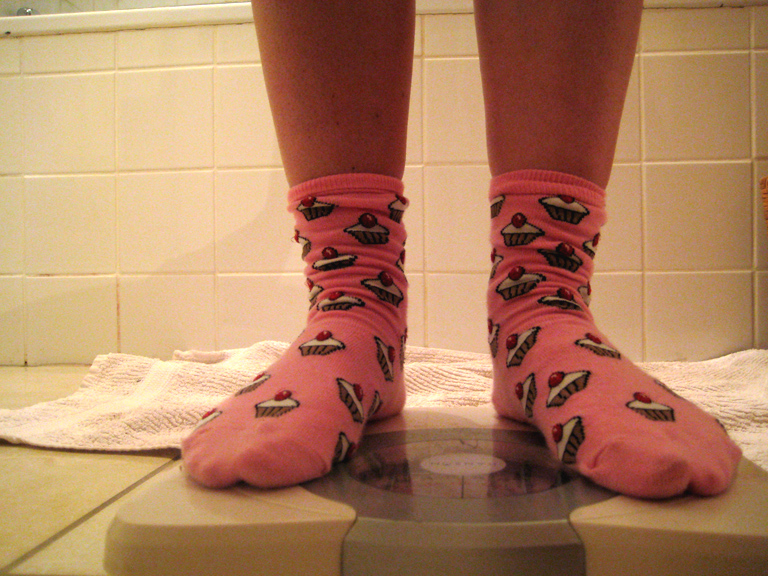you’ve read a women’s magazine or watched one of Oprah’s weight loss shows, you know a thing or two about how to shed those pounds. Move more, eat less, right?
You probably also know how easily we can be fooled by diet companies and nutrition labels. One of those bags of chips you buy at the gas station between errands? The package may claim 250 calories per serving, but the bag may actually contain 2.5 servings.
It’s that tiny little word — per — that screws us up. It’s so little, you might not even notice it. But it can make a big difference between reaching your weight goal and wearing a muumuu on the beach this summer.
If you think back to your elementary or middle school math classes, you may remember your teacher explaining that per means each. And if you think even harder, you might remember the operation (addition, subtraction, multiplication or division) that is indicated by the word per.
Yep, it’s good old division. Think of it this way:
Charlie has six Star Wars figures, and he’s playing with two friends.
“But I want all of them,” he screams. To which you calmly reply, “I know, but that’s not fair. How can we be fair?”
“They can have none, and I can have all of them,” says Charlie, stubbornly.
This is why we teach kids division, you think.
In that situation, you know without a doubt that dividing the Star Wars figures evenly between Charlie and his two friends is not only fair but easy: Because there are six toys and three friends, each friend gets two figures. In other words, there are two figures per child.
You did that in your head, but the math works out.
6 toys ÷ 3 friends = 2 toys per friend
Now, look more carefully at the above statement. Toys per friend translates to 6 ÷ 3 or 2, right? And that means that per means to divide.
Got it? Good. Now you can apply this any time you see the word per. In fact, this is precisely what I did on Wednesday, when I was figuring out how long it would take me to lose 25 pounds.
Whatever you expect to lose in a week, the math is simple:
total weight lost goal ÷ loss per week = number of weeks
25 pounds ÷ 1 pounds per week = 25 weeks
So if you think you can lose 2 pounds per week, it’ll take you 12.5 weeks to lose 25 pounds:
25 pounds ÷ 2 pounds per week = 12.5 weeks
Remember, I also wanted to convert the number of weeks to months — because that’s how my brain works:
I already figured out that I can probably reach my goal in 25 weeks. To find out how many months that is, I can just divide by 4 (the number of full weeks in a month):
25 weeks ÷ 4 weeks per month = 6.25 months
This works for a variety of calculations you may make when embarking on a plan to reach your fitness and weight loss goals. If your trainer says you should exercise for 5 hours per week, you can divide this in a variety of ways:
5 hours ÷ 5 days = 1 hour per day
5 hours ÷ 4 days = 1.25 hours per day
5 hours ÷ 6 days = 0.83 hours per day (or 50 minutes per day)
And so on.
If you practice this skill, you’ll find yourself doing it all over the place — translating miles per hour to your estimated time of arrival, figuring out how many cheddar cheese goldfish are in a half-serving, calculating the exact number of stickers each of your triplets get from the package, and so on.
So get on with your bad self. Use per to your advantage and don’t let servings trick you into eating more than you wanted to.
When do you use division (and per) to help with your fitness and weight loss goals? Share your thoughts in the comments section.

